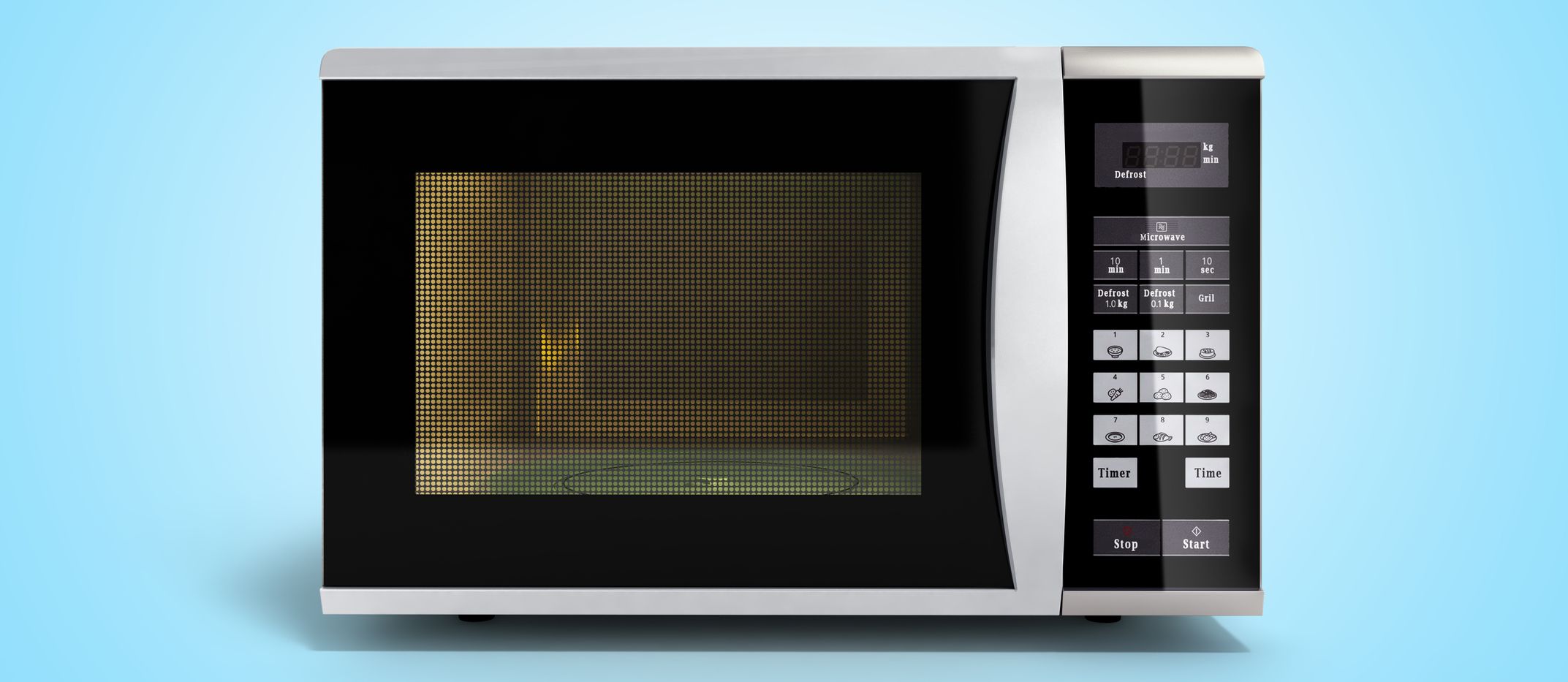Packing Kitchenware – Dos and Don’ts
Most kitchens contain a selection of fragile and dangerous items. Kitchen knives, glass dishes and china bowls are just some of the items that require extra care when packing and transporting. This article will explain how to pack your kitchen items for a successful move into your new property.
What you will need to pack kitchenware
We recommend using the following packing materials to pack your kitchen items:
- Packing boxes
- Dish boxes
- Packing paper
- Bubble wrap
Use fresh, clean packing boxes instead of old boxes that are lying around the house. For heavy/fragile items, dish boxes feature a double layer of corrugated cardboard for extra support. Packing paper and bubble wrap should be used to wrap your items and line the boxes.
How to pack crockery (bowls, plates etc)

Crockery should be separated once by type and again by size.
- Line a clean packing box with either packing paper or bubble wrap. Use bubble wrap when packing fragile items and packing paper for less fragile items.
- Wrap each item in packing paper. Add a layer of bubble wrap to more fragile items.
- Use tape to keep the wrapping secure.
- Only add the same type of crockery to each box, e.g. a box for plates, a box for bowls etc.
- Transfer a wrapped plate into a box and lay it on its side. Items should be arranged horizontally in the box, not stacked on top of one another. Repeat until the box is filled.
- If there is any remaining empty space after filling the boxes, use paper or clothing to fill the empty pockets.
How to pack cutlery

Sort all your cutlery by type before you begin. This will make them easier to pack but will also save time on sorting at the other end. Remember also to give extra consideration to sharp knives.
- Wrap 6-8 forks, knives or spoons of roughly equal size in wrapping paper or bubble wrap.
- Wrap extra bubble wrap around the blades of sharp knives. Use tape to secure it in place.
- Transfer to a sturdy box.
How to pack pots and pans

Pots and pans should be packed as follows:
- Wrap your pots and pans in packing paper and line your box with bubble wrap.
- Pack pots and pans into your box using the nesting packing technique: place smaller pots and pans inside of larger ones to utilise all the available space.
How to pack appliances

Heavy appliances such as microwaves and toasters require extra support. Follow these steps to pack your appliances effectively:
- Wrap the fragile parts of your appliance in bubble wrap.
- Wrap less fragile parts in packing paper.
- Place your appliance in a dish box or its original box, provided that the original box is in good condition.
Simon Long Removals take the hassle out of packing and transportation. As a BAR-approved moving company with over 20 years of experience, we know how to pack items quickly, safely and effectively. Through our expert packing services, you can relieve the stress of packing and enjoy a worry-free moving day. We’ll provide all packing materials and will pack and load your items into our moving van. To enquire about any of the services we provide to customers across Norfolk, Norwich, Cambridge and the surrounding areas, get in touch with our team today.








